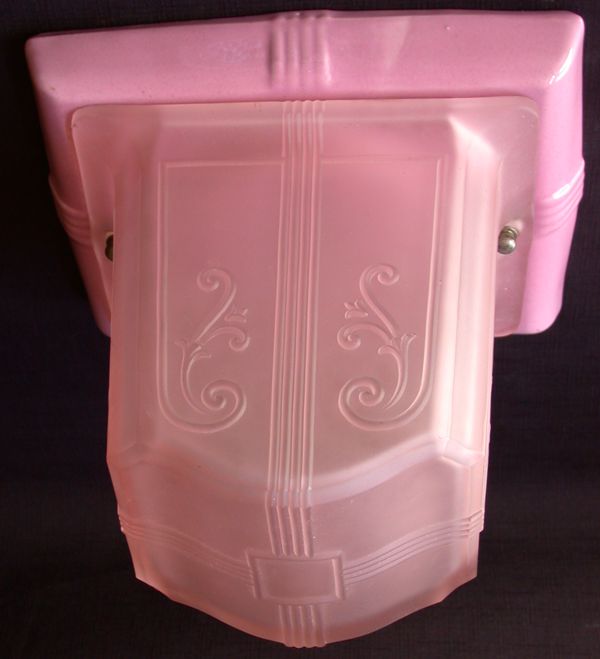Lighting is divided by the type of lamp used and the style of the fixture. Lamp types include …
➤ Incandescent.
➤ Fluorescent.
➤ Halogen.
Each of these has distinguishing characteristics, as described in the following list. When it comes to fixture styles, the sky’s the limit. They range from antique reproductions to one-of-a-kind works of art (with prices to match). The following are some of the most common light fixtures:
➤ Flush-mounted ceiling lights that include square, mushroom, or round domes
➤ Hanging ceiling lights and chandeliers
➤ Surface fluorescent lights
➤ Recessed ceiling lights
➤ Track lighting
➤ Bath bars
➤ Sconces and wall-mounted lights
➤ Wall washes
➤ Undercabinet-mounted lights
➤ Outdoor lights (floodlighting, landscape lighting, pole-mounted lights, wallmounted lights, and security lighting)
All of these will light up a given area. You just have to decide whether they will provide light that you find both appropriate and pleasing to the eye. Your budget also is a consideration, especially if you’re buying fixtures for a major remodel. An outdoor landscaping light, for example, can be a simple pagoda light or an ornate—and expensive—leaded-glass lamp. (The latter is not recommended if you have kids, dogs, or errant adults running around the yard.)


